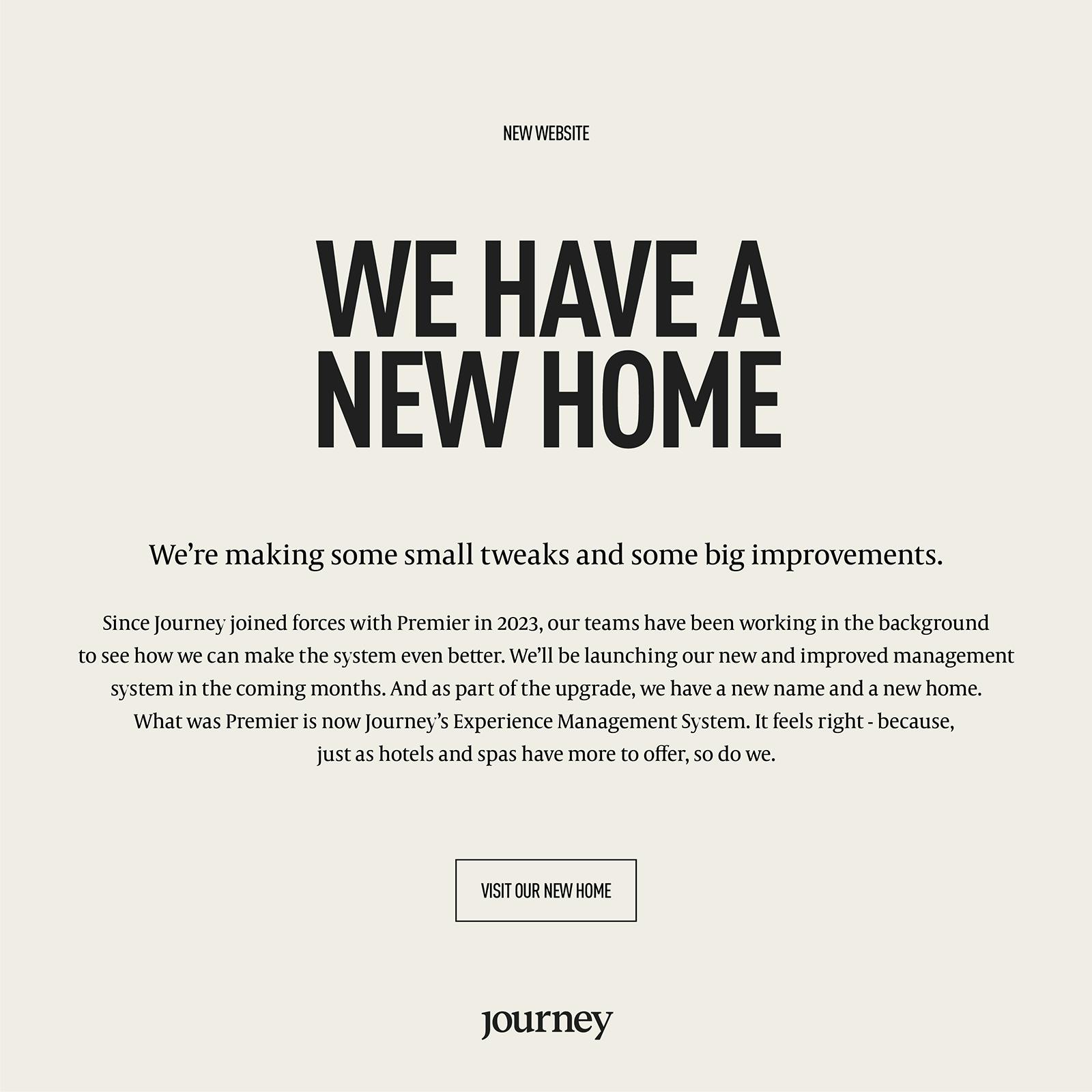With on-demand services increasing astronomically in popularity over the last couple of years, from Netflix to Uber, it isn’t surprising to hear that the spa market is seeing a new business model emerge in the shape of ‘spa-on-demand’. So what does this mean for the traditional day spa?
Spa-on-demand businesses offer consumers the chance to book an immediate massage or treatment to be delivered at their home at a time convenient for them. Unburdened by large overheads, the new more agile mobile operators could outperform larger, more established day spas. Previous attempts at home spa businesses have stalled but in an era of digital savvy spa goers who are already comfortable with booking treatments online, it seems spa-on-demand is here to stay.
So will this new development cause a deathly blow to the traditional spa business model? Firstly it’s important to recognise that there is a place for both models to exist and thrive, however ensuring you have a strong brand loyalty and reputation will help. You can also focus on areas that on-demand operators cannot exploit such as ‘indulgence’ experiences, group occasions and wellness retreats – all of which require clients to visit your business rather than your business visiting them. It is also important to adopt more responsive booking practices; be receptive to last minute bookings and ensure you have the availability for this type of customer. Spas have been historically bad at this, with turn away rates being notoriously high due to appointment unavailability.
Alternatively you can always offer on-demand services yourself or operate a franchise model to help you compete in this market. There are important considerations to take into account such as off-site insurance and training, as well as ensuring these services do not diminish your brand. However, done correctly there is no reason why established spas can’t compete successfully in the on-demand market.

